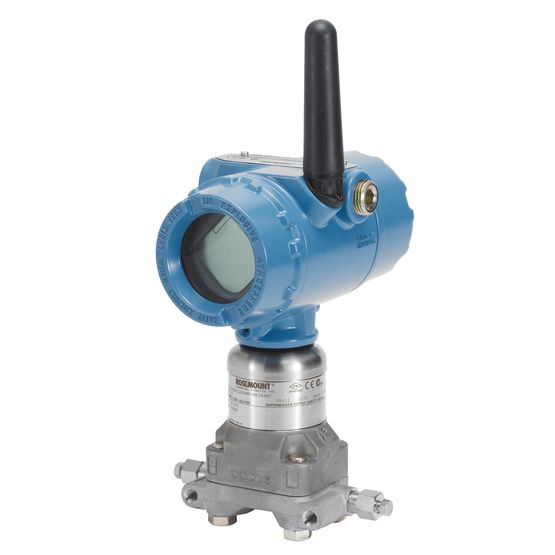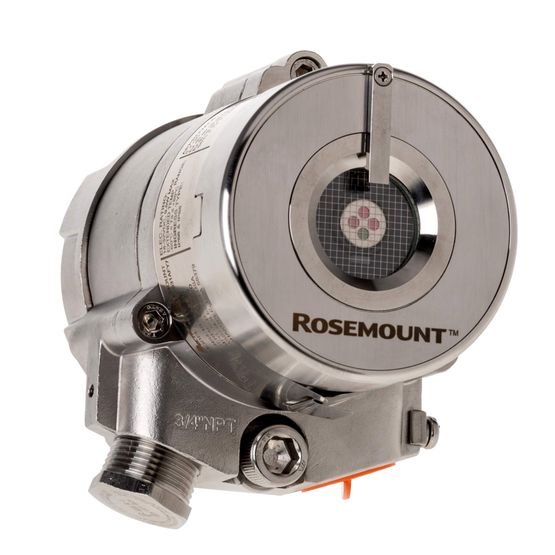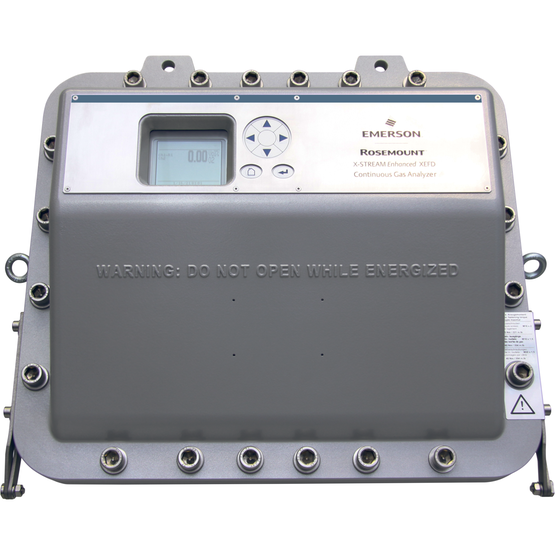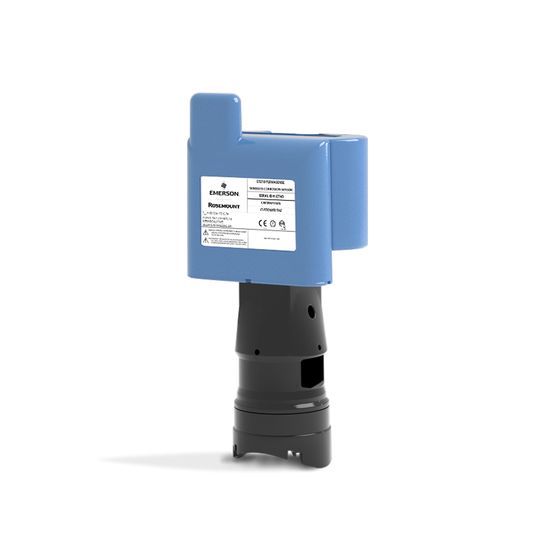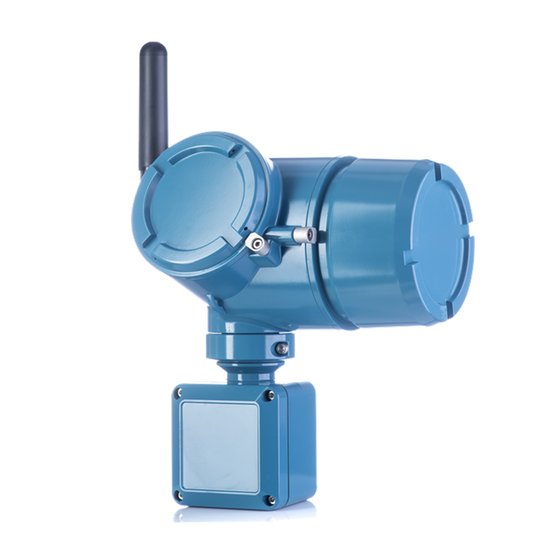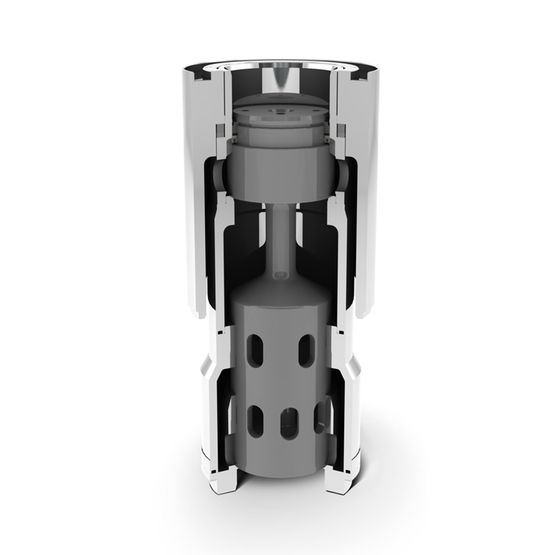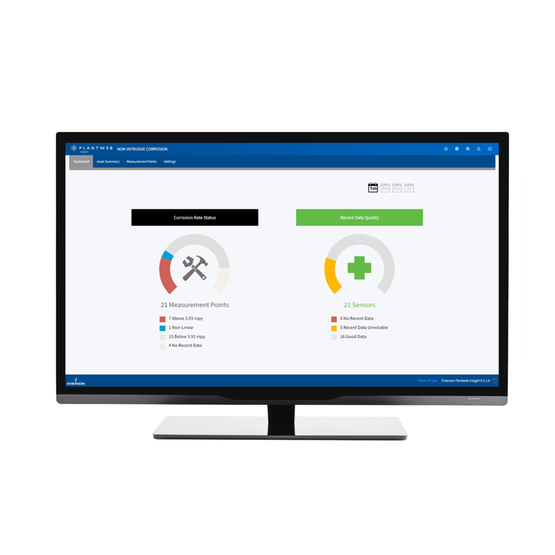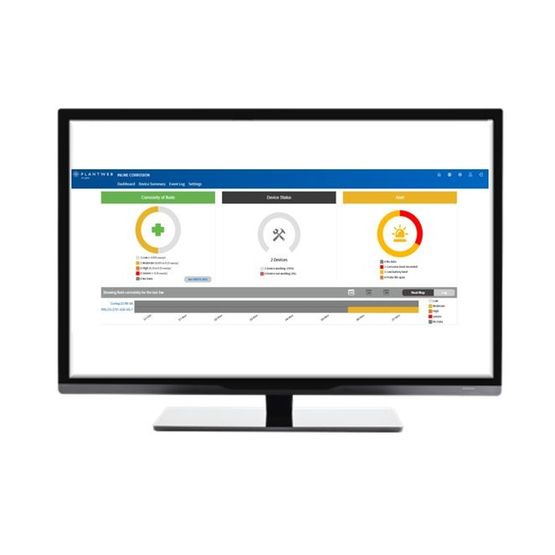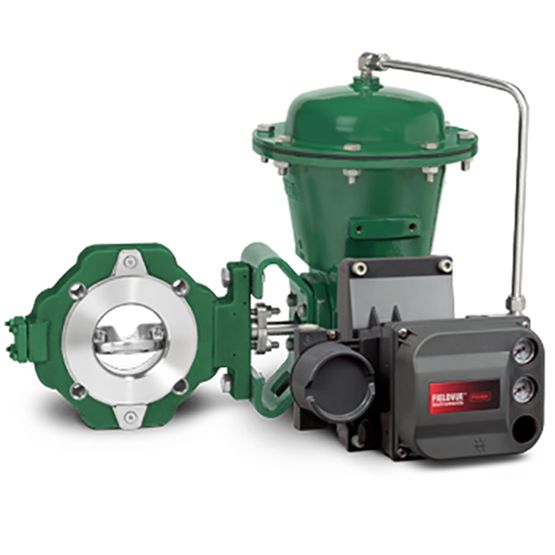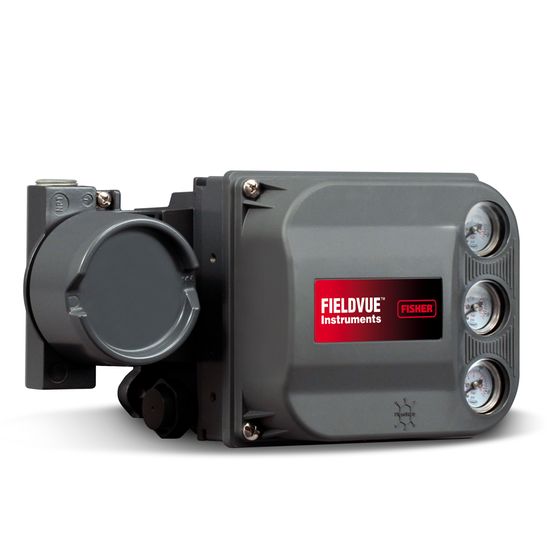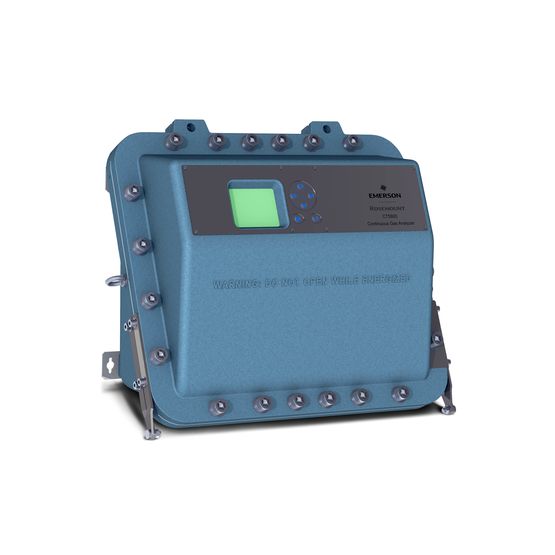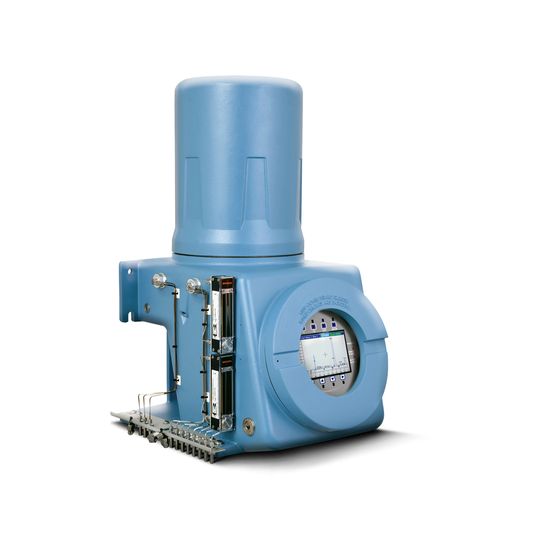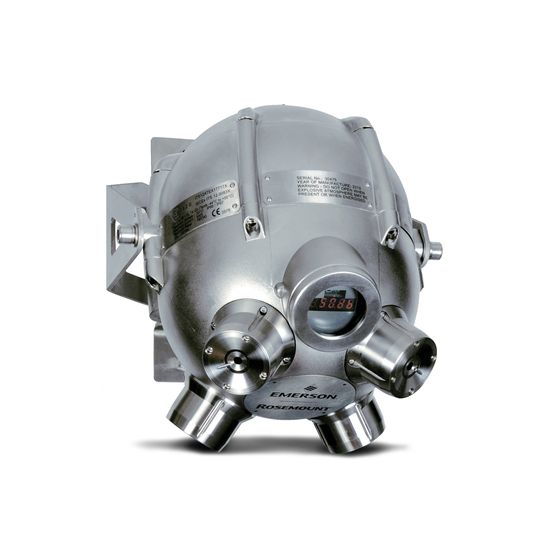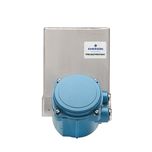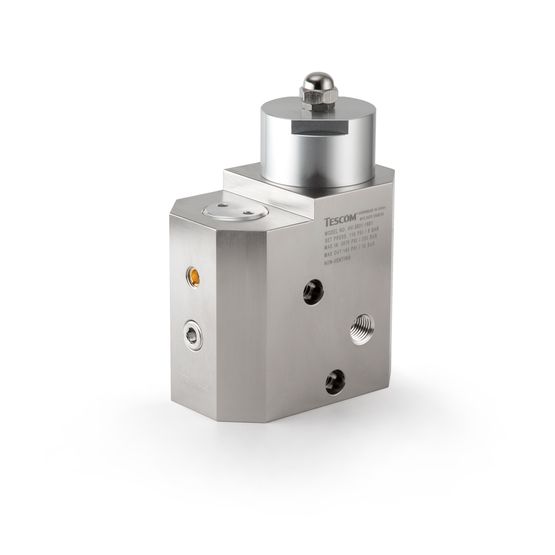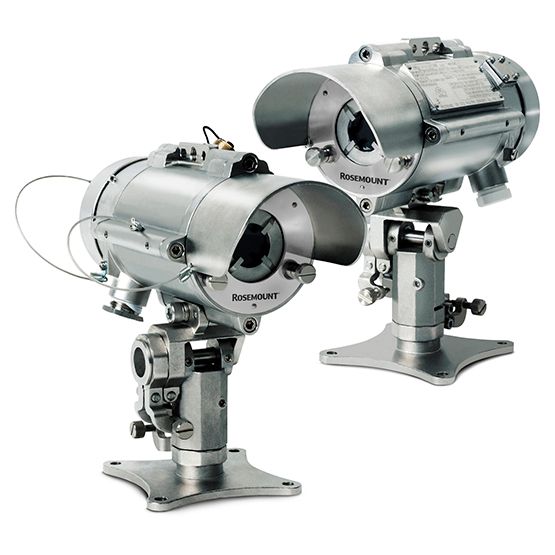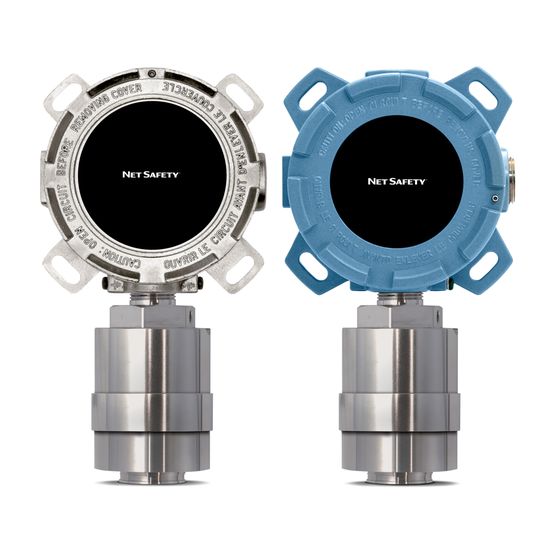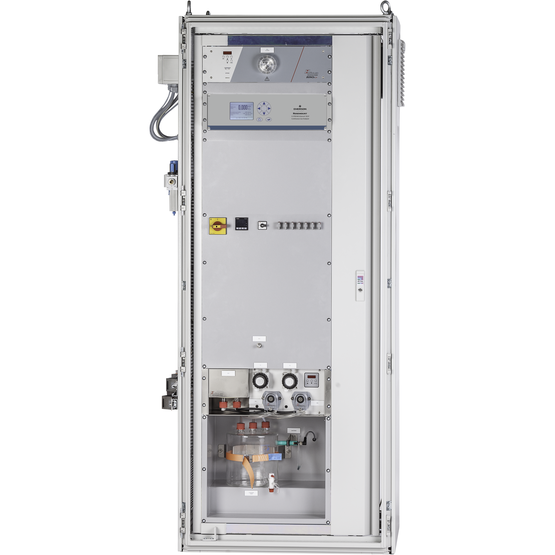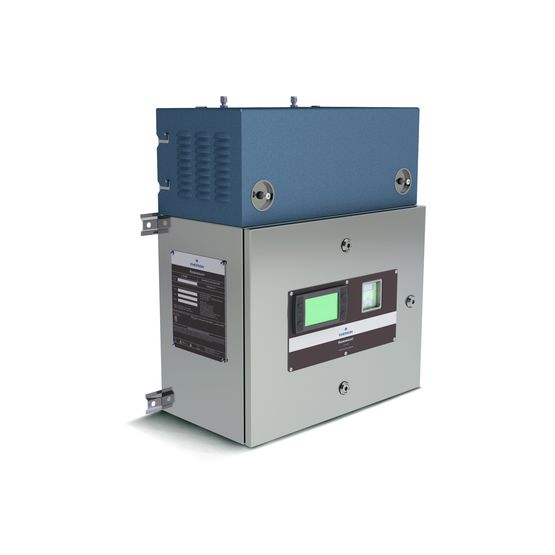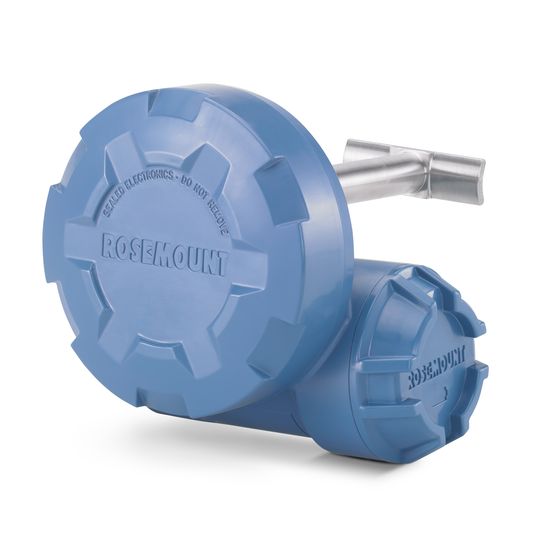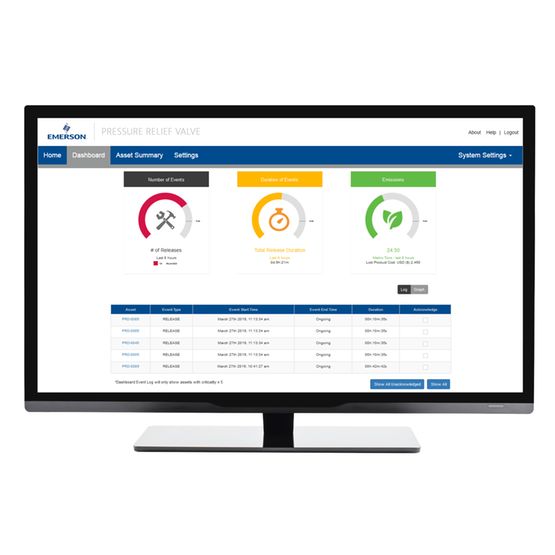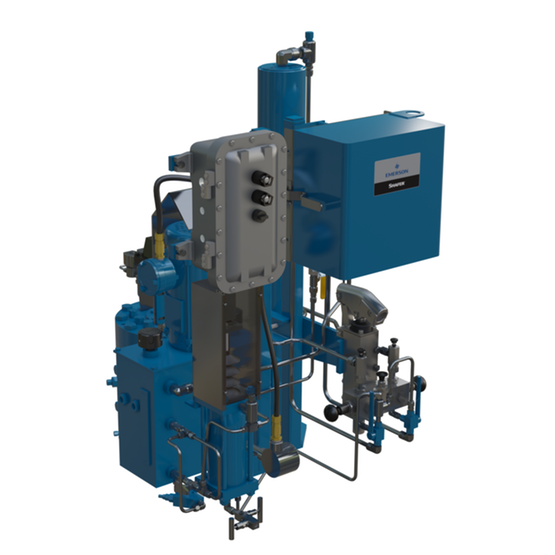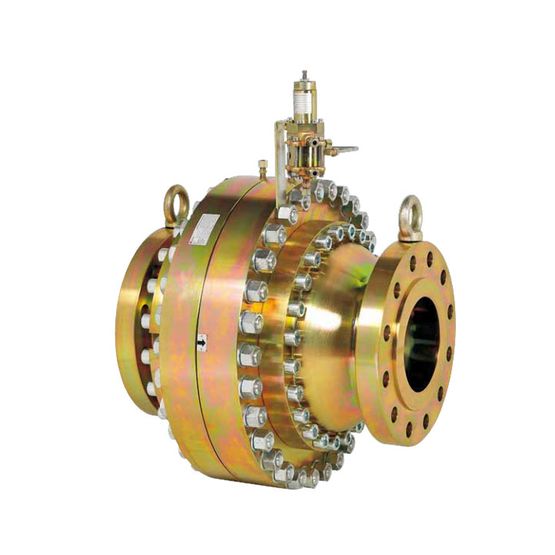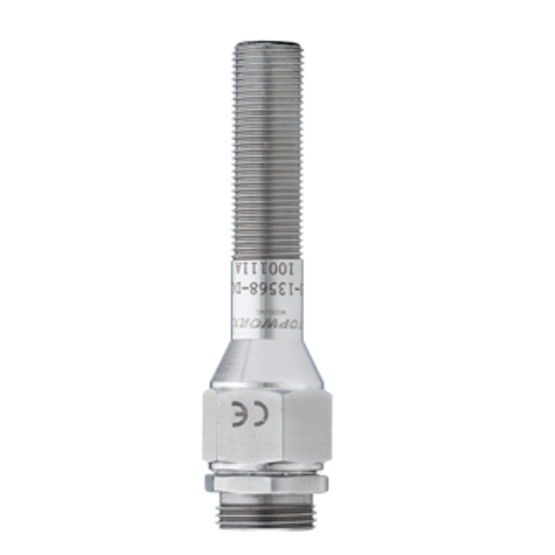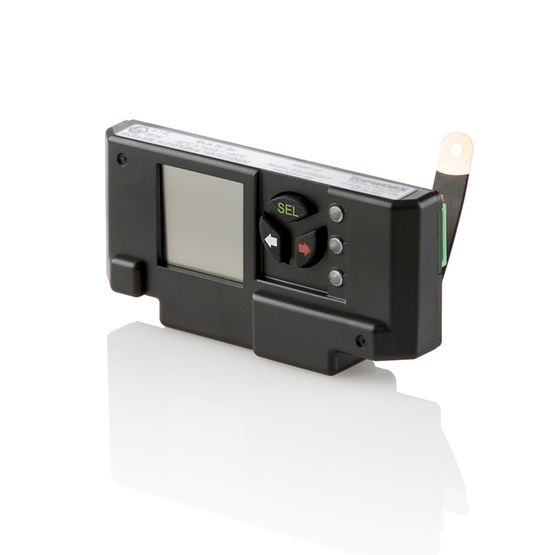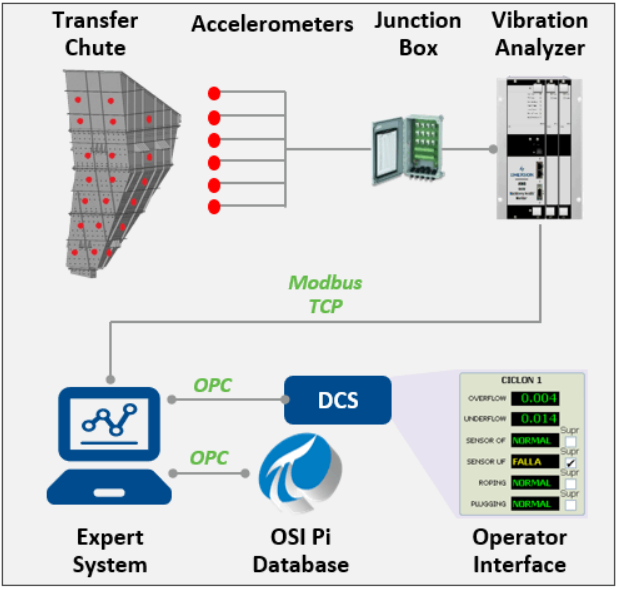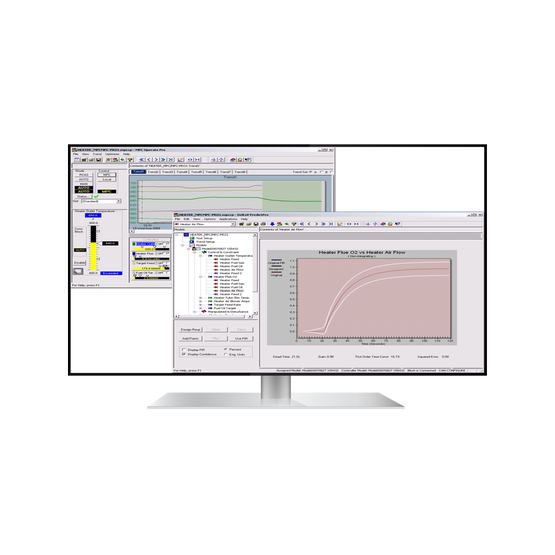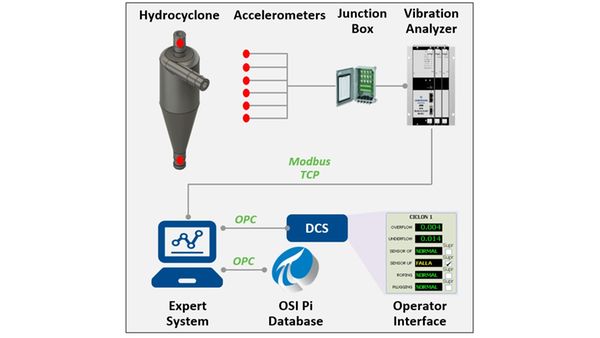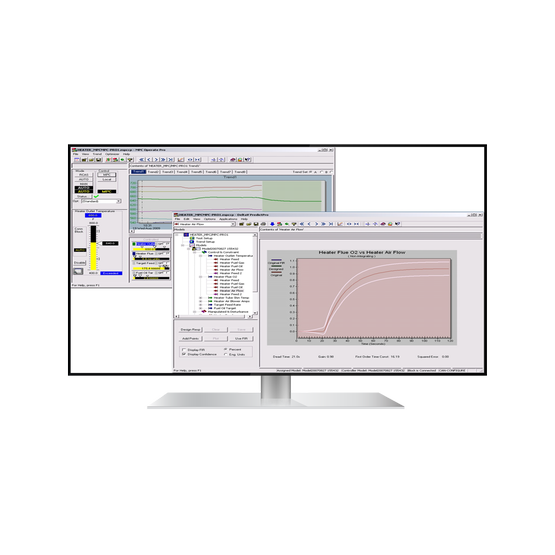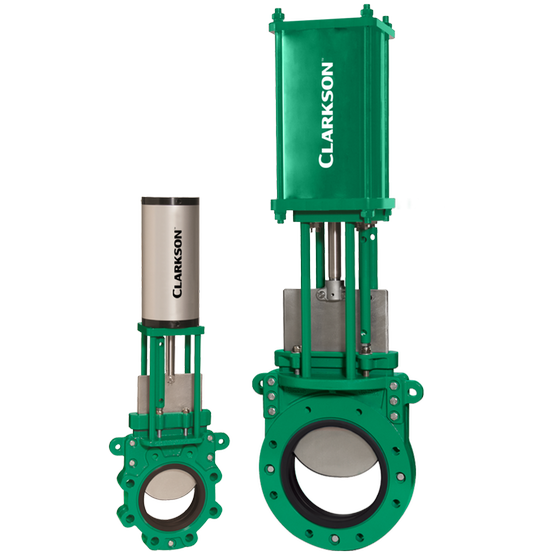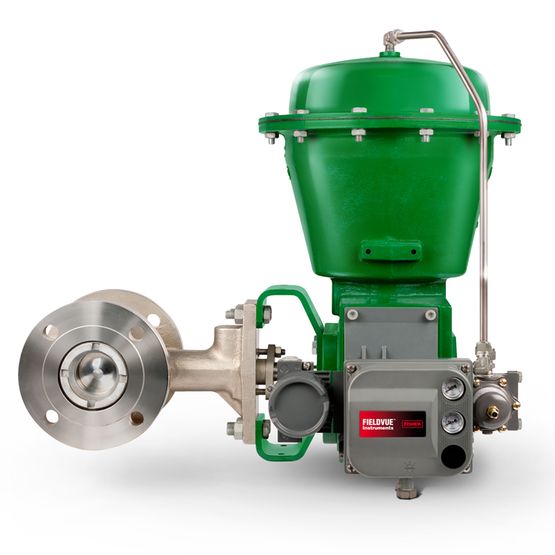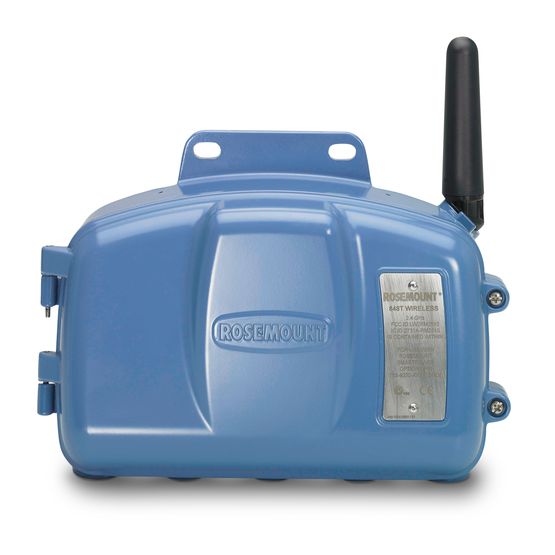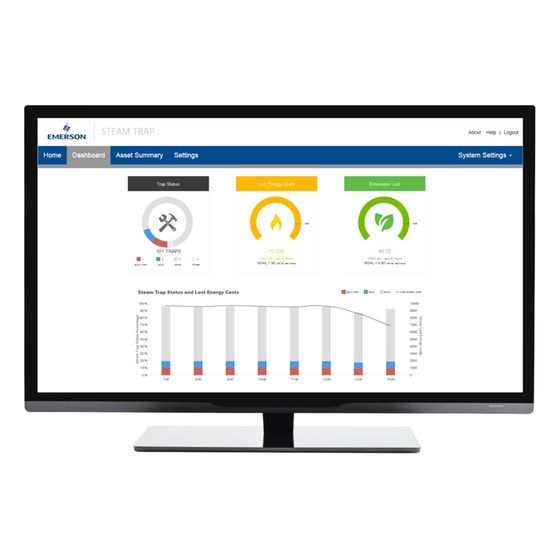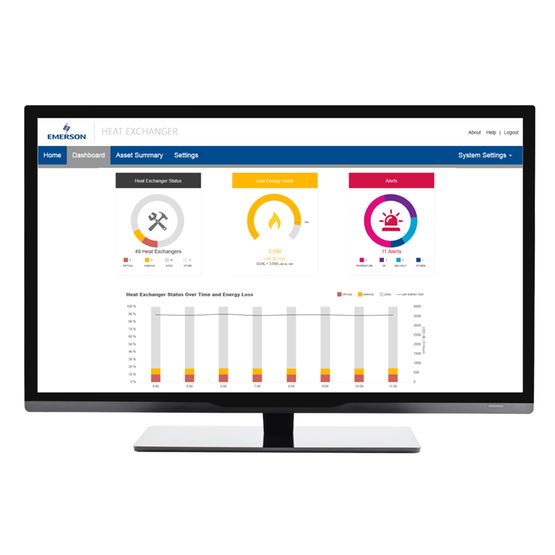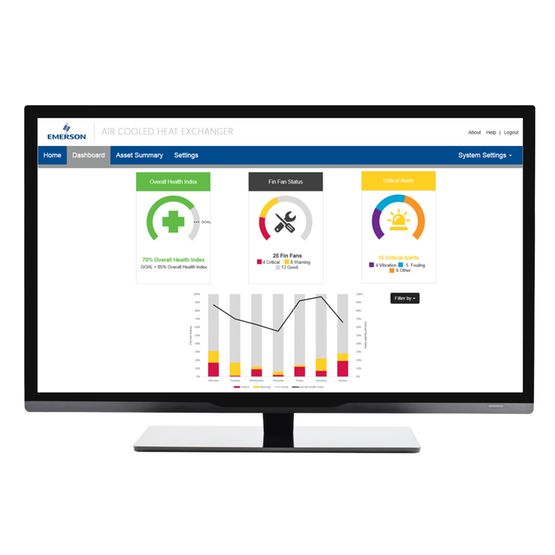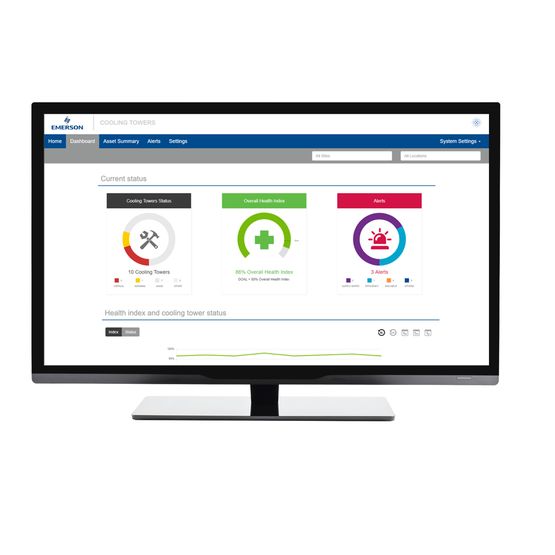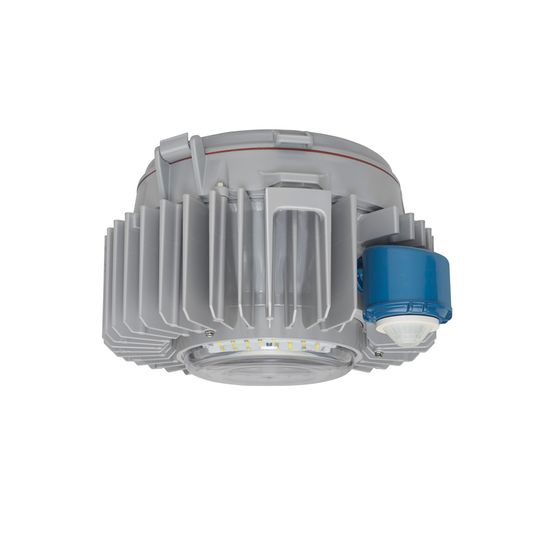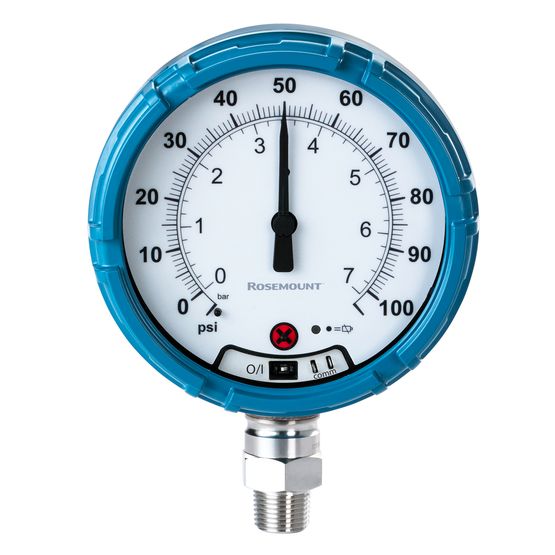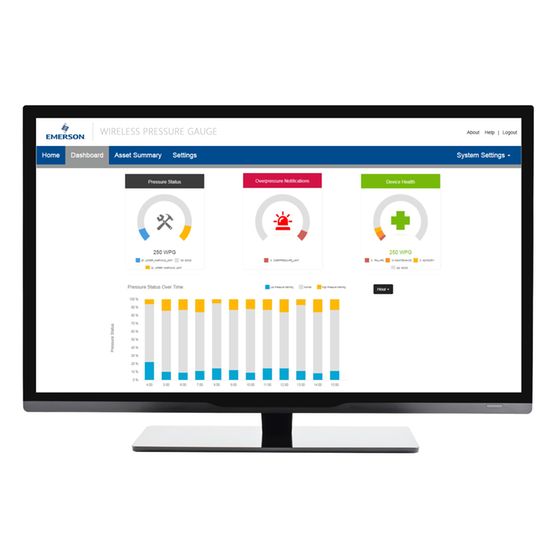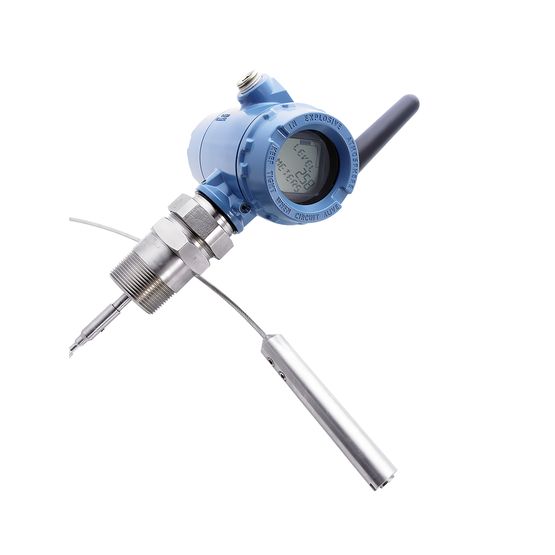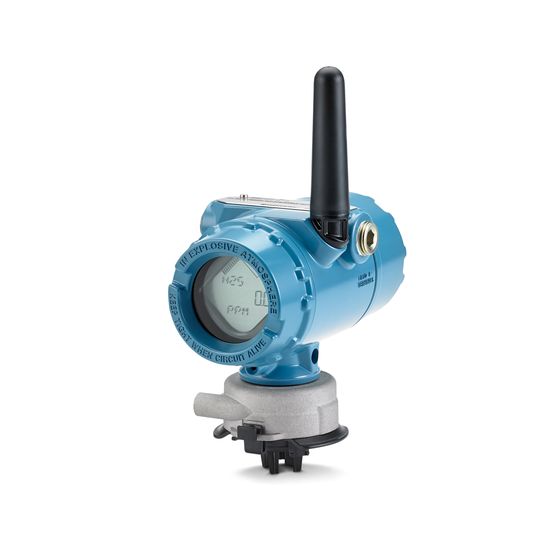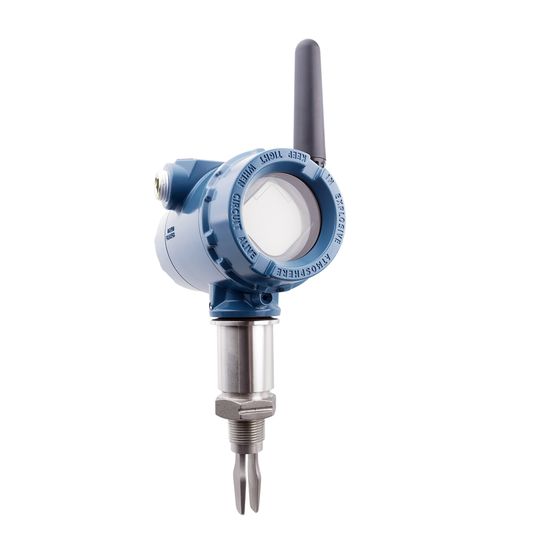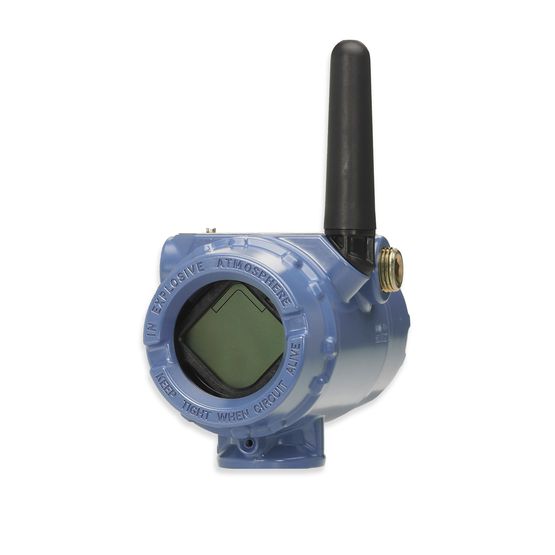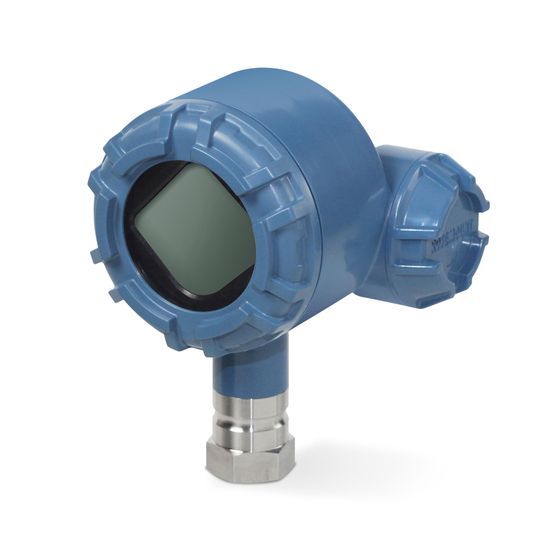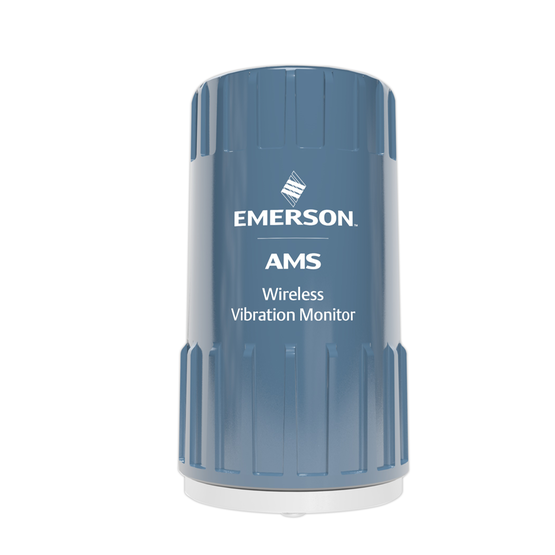
Sustainability & Decarbonization
Energy Source Decarbonization
The energy transition to hydrogen and hydrogen-based fuels requires new infrastructure with many plants to be built and existing plants retrofitted. These plants need automation to produce and use hydrogen at scale. Hydrogen is a challenging element, so automation solutions specialized for hydrogen are required over and above general-purpose automation.
An electrolyzer produces hydrogen from water. It requires pressure transmitters with gold-plated diaphragms that resist hydrogen permeation for uninterrupted production. Flame detectors with multi-spectrum IR and UV detectors detect invisible hydrogen flames. Continuous gas analyzers with thermal conductivity electrochemical detectors detect trace flammable hydrogen and oxygen. This makes the plant safer.
A steam methane reformer (SMR) produces hydrogen from methane with pre-combustion amine treatment carbon capture. It requires similar automation to the electrolyzer as well as a wireless corrosion transmitter using non-intrusive ultrasonic thickness (UT) measurement together with corrosion analytics for monitoring of corrosion rate and pipe remaining useful life (RUL) to avoid loss of containment (LoC). Another solution is a wireless corrosivity transmitter using direct inline Electrical Resistance (ER) measurement with corrosivity analytics. Control valves with Dirty Service Trim (DST) eliminate cavitation to throttle with reduced wear for uninterrupted production.
After the SMR, separation and hydrogen purification through Vacuum Swing Adsorption (VSA) and Pressure Swing Adsorption (PSA) requires control valves capable of high-cycle operation with reinforced Teflon material and tight shutoff certified >1 million cycles to provide uninterrupted production and high purity hydrogen. These valves are used in conjunction with control valve positioners with valve analytics relevant to high cycle rates, high-speed response, and contactless valve position feedback to predict problems, faster response, and reduce wear-and-tear for uninterrupted production. Continuous gas analyzer based on quantum cascade laser detects impurities to get high purity hydrogen.
Hydrogen will be injected into the natural gas pipeline grid. It requires a process gas chromatograph with thermal conductivity detectors and calorific value and Wobbe index calculation to make sure the gas blend is within specification. A gas leak detector based on ultrasound detects a high-pressure leak across a wide area regardless of wind direction for greater safety.
A hydrogen refueling station (HRS) for vehicles requires flow meters capable of high pressure with thick flow tube walls and a deep 'U'-tube for high accuracy at high pressure for accurate dispensing measurement.
In-vehicle hydrogen fuel cells require an onboard hydrogen pressure regulator, which is lightweight with a dual-stage active seal to be less impacted by vehicle vibration to avoid vehicle breakdown.
Emissions Management
Reducing greenhouse gas (GHG) emissions and capturing carbon at scale require automation. This automation goes beyond traditional core process control (CPC) for production. Therefore, additional new automation for monitoring and optimization (M+O) is required.
Emissions monitoring requires open path combustible gas detectors using infrared to detect methane across a large area for reduced emissions and greater safety. Point infrared combustible gas detectors are also available. Continuous Emissions Monitoring System (CEMS) complete with flue gas sampling, sample conditioning and gas analyzer to measure pollutants for reduced pollution. A continuous gas analyzer based on quantum cascade laser (QCL) supports hot and wet flue gas. Wireless acoustic transmitters are non-intrusive and together with pressure relief valve (PRV) analytics, they detect and time-stamp releases duration and amount as well as internal passing to reduce venting and flaring.
Post-combustion carbon capture uses similar automation as the pre-combustion carbon capture used with steam methane reformer (SMR) already explained above.
Gas pipelines require valves with an actuator system having a small electric motor that re-injects actuating gas back into the pipeline, so there are no associated gas emissions. Pressure-reducing regulators bleed actuating gas downstream, so there is no atmospheric emission.
Emissions prevention includes a thief hatch monitoring system using a proximity switch with a wireless transmitter to detect thief hatches left open for reduced emissions. On-off valve position transmitter with diagnostics to predict stem packing wear to prevent fugitive emissions.
Electrification & System Integration
The energy transition to electric motors with energy stored in lithium batteries requires a new supply chain with many plants to be built. These spodumene mining pits and plants need automation to extract and produce lithium for batteries at scale. Mining is a harsh environment, so automation solutions specialized for mining and mineral processing are required over and above general-purpose automation.
The spodumene concentrator plant needs an expert system for ore transfer chute monitoring to predict and detect blockages in real time for uninterrupted production. Model Predictive Control (MPC) for secondary grinding optimization gets the particle size ‘just right’ to maximize yield, maintaining throughput while avoiding excessive power consumption for reduced power consumption and lithium increased recovery. An expert system for hydrocyclone classification optimization to predict and detect roping and plugging and estimating particle size in real time for uninterrupted production. MPC is also for flotation reagent optimization to maximize product recovery yield while minimizing reagent consumption. Knife gate valves with full port.
The lithium refinery needs eccentric plug valves with ceramic valve trim with wear resistance for slurry applications for uninterrupted production.
Energy Efficiency & Optimization
The energy transition has a long timescale, so it is important that both new plants but also the vast infrastructure of existing plants using fossil fuels is made more efficient short term.
Analytics and sensors are key enablers for improving efficiency. Plants need wireless acoustic transmitters which are non-intrusive, together with steam trap analytics, to detect blowing steam or trapped condensate causing loss or inefficiency and thereby enable lower energy cost and smaller carbon footprint. Wireless multi-temperature transmitters measure the temperature of the inlet and outlet on the hot and cold side of a heat exchanger in a single device which, together with heat exchanger analytics, monitors efficiency to optimize the time of cleaning for lower energy cost and smaller carbon footprint. Similarly, air-cooled heat exchanger analytics and cooling tower analytics monitor the efficiency of that equipment. Wireless differential pressure (DP) transmitters are used for submetering utility flows with finer granularity for ISO50001 style energy management to detect and locate losses and overconsumption. LED Luminaires with individual light fixture energy consumption monitoring and integrated motion and illuminance sensors integrate with an analytics app to optimize lighting output for lower energy cost and smaller carbon footprint.
Remote autonomous operation means sites are unmanned. Personnel is moved from offshore to onshore or from a remote site to an office in an urban area. Not only is production managed from a central location, but reliability, maintenance, integrity, and sustainability must also be managed centrally for a remote site to be autonomous and to do away with scheduled site visits. Visits shall be by exception only. This reduces scope to three emissions due to transportation and dramatically reduces the cost of supporting personnel offshore or at remote sites. To eliminate the need for periodic visits for inspection and data collection, remote sites need wireless pressure gauges, wireless guided wave radar level transmitters, wireless gas detectors, wireless vibrating fork level switches, wireless on-off contact transmitters, wireless temperature transmitters, wireless turbine flow transmitters, wireless vibration transmitters, wireless adapters, as well as a monitoring app to detect problems early and pump analytics for condition monitoring to predict failure for uninterrupted production. Wireless and non-intrusive sensors are key to enabling easy deployment in existing plants.
Privacy Notice Terms of Use Cookies Data Imprint
© 2025 Emerson Electric Co. All rights reserved
© 2025 Emerson Electric Co. All rights reserved

